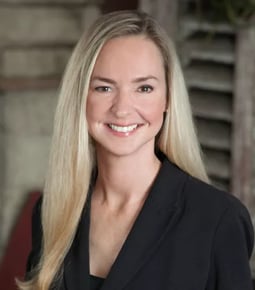On July 18, 2025, the IRS announced a 9.96% affordability percentage for plan years starting in 2026 (an increase from 9.02% for plan years starting in 2025). This substantial increase is due to a recent change in the indexing methodology.
This affordability percentage is used by applicable large employers (ALEs) to determine whether the lowest-cost single medical plan providing minimum value is affordable for each full-time employee. ALEs do not have to be affordable on additional plan options that cost more and do not have to be affordable for dependent coverage tiers.
There are 3 affordability safe harbors an ALE can use to determine whether or not coverage is “affordable” for each full-time employee. The 3 safe harbor methods include:
- Rate of Pay (most common)
- W-2 (hardest to use, typically reserved for commission or tipped employees)
- Federal Poverty Level (FPL is easiest to use, and provides advantages for the employer)
A calendar year 2026 plan will be FPL affordable at $129.89/mo (which is $16.69/mo more than the $113.20/mo for 2025 calendar year FPL affordability). If coverage costs $129.89 or less, the employer’s offer of coverage for the lowest cost plan for the self-only tier is automatically affordable for all employees eligible for that rate, regardless of their rate of pay or hours.
As an example of the rate of pay safe harbor, if the lowest paid full-time employees make $10 per hour, the employer would use 130 hours per month times $10 per hour (which is $1,300 per month).
- For the plan year that began in 2025, the employee could pay no more than $117.26/mo (9.02% of $1,300).
- For the plan year beginning in 2026, the employee could pay no more than $129.48/mo (9.96% of $1,300).
Note, plan years starting in 2025 would need to use the 2025 affordability percentage, which is 9.02%, for the entire plan year. Therefore, an ALE needs to decide which affordability safe harbor(s) they will use and ensure premium contributions are designed properly before the plan’s start date, and NOT wait to figure it out during ACA reporting.
IRS Rev. Proc. 2025-25: https://www.irs.gov/pub/irs-drop/rp-25-25.pdf

COMMENTS